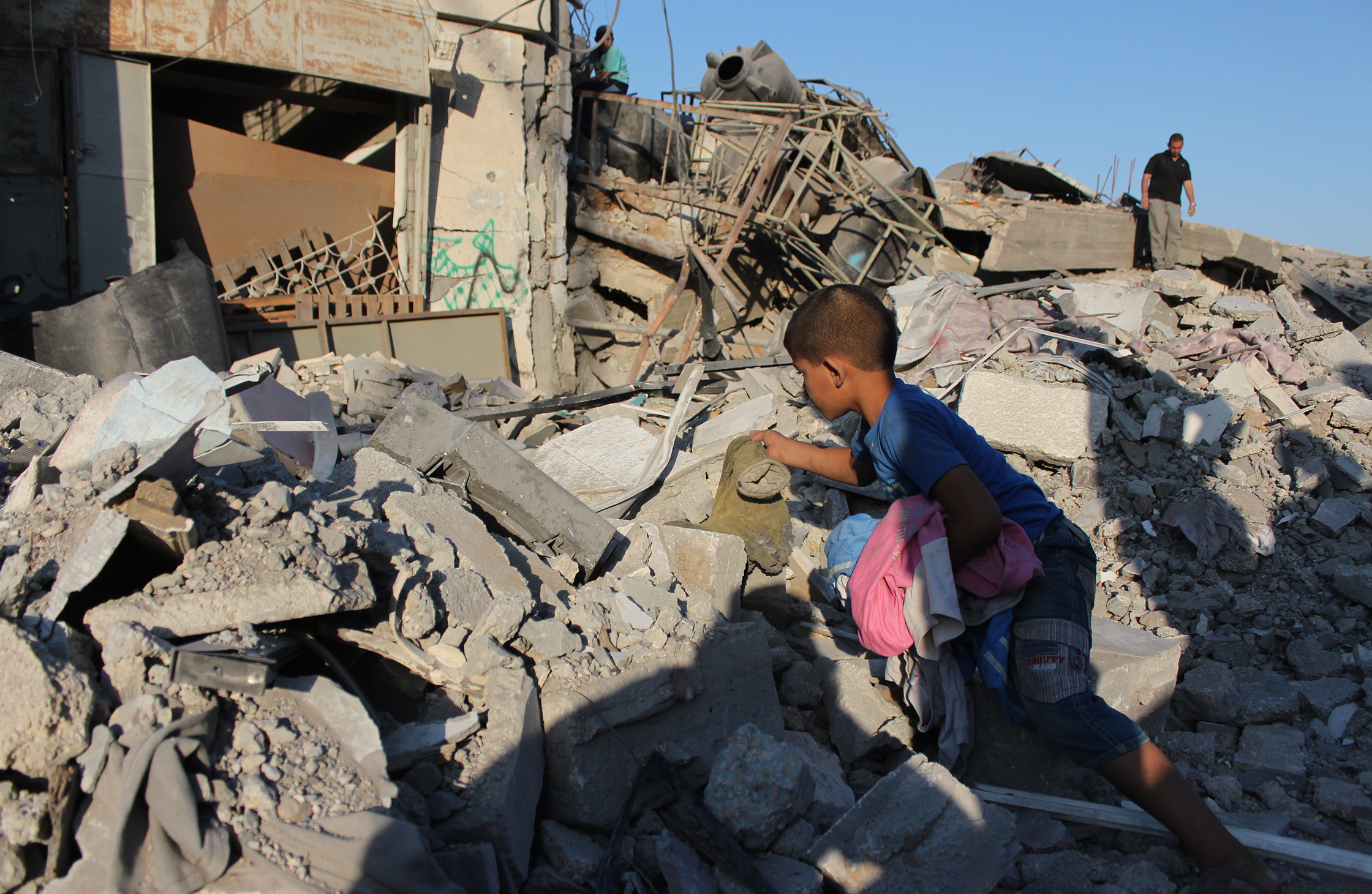Photo by Hosny Salah on Pixabay
A mother recounts her family's six displacements during Israel’s ongoing genocide in Gaza
Narrated by Morrigan Crowe
As I write this article, just before the second anniversary of the genocide in Gaza, my friend Um Muhammed is in Gaza City, desperately trying to make a life-and-death decision for her family: Should they stay? Despite the evacuation orders and intense bombing? At least they have shelter.
The only other option is to pay a driver to take them south — it would cost an exorbitant sum. She knows there is no space in the shelters there, and they would be left with no money to buy a tent or rent a room.
Um Muhammed is one of about a million Gazans trying to make that choice. Neither decision guarantees safety, as Israel continues to bomb the so-called ‘safe areas’ in the south.
Since October 7, 2023, hundreds of thousands of Gazans have been killed or injured by Israel’s military. The war stopped being about Hamas long ago. It is now a forced displacement and ethnic cleansing of Gaza. Israeli settlers are waiting by the border for their opportunity to move in.
Gaza covers an area about the size of Burbank to Benton City, and did not enter the conflict with a military comparable with Israel’s — a U.S.-backed, nuclear-armed state. Now, after two years of consistent bombing, there’s not much left. Large areas of Gaza have been leveled, their histories erased, especially in the north.
In September 2025, Israel began erasing Gaza City.
The Israeli military dropped paper leaflets into the city, informing the one million residents to evacuate and be concentrated into tent camps in the south. One family, Um Muhammed and her children, are sheltering in what used to be a school in Gaza City. She said they have no way to leave, and no guarantee of safety if they leave. Stay or go, they live in terror from Israeli attacks.
“The occupation planes have been increasing their bombing during the night,” Um Muhammed told Tumbleweird.
“Last night, my son with the amputated leg was staying up following the news online outside the room, when suddenly a quadcopter drone fired bullets at the roof of the shelter we live in.”
She related how her son had run into the room without his crutches, falling on his sleeping family members. None of them could sleep again that night, they were so terrified. However, despite the dangers in Gaza City, they do not believe they would be safer if they left.
At least 90% of Gaza’s population have been displaced during the war. Many now reside in tents and shelters in concentrated areas — for example, Deir al Balah in central Gaza and al Mawasi in the south. Many families have been displaced multiple times.
Um Muhammed and her family have been displaced six times.
“We were displaced for the first time at the beginning of the war in October 2023, when most of northern Gaza was threatened by the Israeli military,” Um Muhammed said. “The bombing actually began in our town.”
The family packed what they could carry and went to stay with relatives in central Gaza. After one week, central Gaza was bombed and they moved again — to a shelter in al Nuseirat in southern Gaza. That was the first time they lived in shelters.
“We suffered from having to collect firewood and carry water, and there was no electricity,” Um Muhammed said.
After four months in the shelters, their area was bombed again and they moved to Deir al-Balah.
“That’s where our clothes started wearing out and food started to become harder to find because of Israel tightening its ban on entry of food and other goods. People started getting skin diseases like scabies from the unsanitary conditions caused by Israel’s destruction of Gaza,” Um Muhammed said.
In late January 2025, Hamas and Israel agreed to a three-month ceasefire. Gazans celebrated, believing they would be going home for good. Um Muhammed and her family travelled home to northern Gaza. When they arrived, they found their house and the entire town turned to rubble. It was not only bombed, but bulldozed — completely erased.
“We cried so much. These were moments of grief and sorrow that we would not wish upon any human being,” Um Muhammed said.
Um Muhummed shared memories of their life before the war.
“Before the war began, my married children and I lived in a big house, and we had a citrus grove. We sold the fruits and made a living from that,” Um Muhammed said.
Um Muhummed’s children had all gone to university, married, and started families. They had good jobs.
But one of her sons, Ahmed, is gone now, shot by Israeli soldiers when he was out finding food for his family. Another son had his leg amputated above the knee after an Israeli attack. The day we spoke with Um Muhammed was Ahmed’s birthday. He would have been 21 years old.
“Ahmed was the youngest, the sweetest, the kindest, and the dearest to my heart,” she said with tears in her eyes. “Since that day [of his death], I have not known sleep.”
The family wished to stay and set up camp on the rubble of their destroyed home, but Israel re-started bombing in the area. They moved to a shelter in their town until it was bombed and they had to leave, again. They now live in a school-turned-shelter in Gaza City.
The school has been given ‘evacuation' orders by Israel, but she doesn’t know what to do.
“The situation is dangerous, but we still haven’t made the decision to leave,” Um Muhammed said. “We ask God for relief.”
Renee Lewis has worked for Al Jazeera English and other media outlets covering Palestine and the Middle East.
Sources:
- https://www.cnn.com/2025/09/15/middleeast/1-in-10-palestinians-killed-injured-gaza-israel-intl
- https://www.google.com/books/edition/The_Zionist_Bible/_b3oBAAAQBAJ?hl=en
- https://www.youtube.com/shorts/3DWzFtJZb3c
- https://www.latimes.com/world-nation/story/2025-09-16/israel-gaza-ground-offensive
- https://www.youtube.com/watch?v=TpVuNncow7k
- https://www.internal-displacement.org/countries/palestine/
- https://www.nytimes.com/2025/09/16/world/middleeast/un-israel-gaza-genocide.html
- https://www.bbc.com/news/articles/c749q1245pwo

